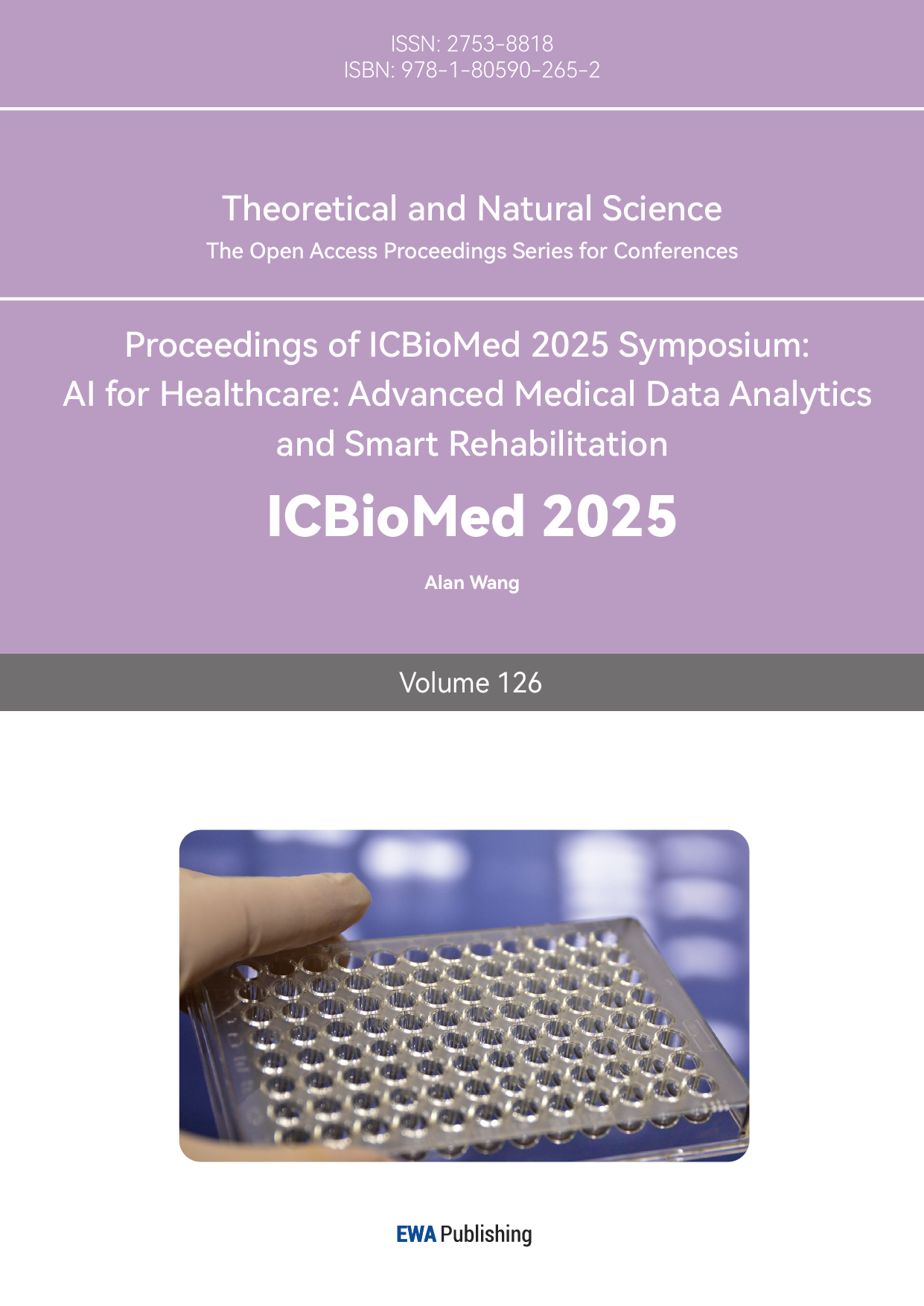References
[1]. Kaeberlein, M. (2018). "How healthy is the healthspan concept?" Geroscience 40(4): 361-364.
[2]. Le Couteur, D. G. and J. Thillainadesan (2022). "What Is an Aging-Related Disease? An Epidemiological Perspective." J Gerontol A Biol Sci Med Sci 77(11): 2168-2174.
[3]. Murphy, C. T. and P. J. Hu (2013). "Insulin/insulin-like growth factor signaling in C. elegans." WormBook: 1-43.
[4]. Vagero, D., et al. (2018). "Why is parental lifespan linked to children's chances of reaching a high age? A transgenerational hypothesis." SSM Popul Health 4: 45-54.
[5]. Zhang, Y. P., et al. (2022). "Intestine-specific removal of DAF-2 nearly doubles lifespan in Caenorhabditis elegans with little fitness cost." Nat Commun 13(1): 6339.
[6]. Martel, J., et al. (2020). "Plant and fungal products that extend lifespan in Caenorhabditis elegans." Microb Cell 7(10): 255-269.
[7]. Pan, H. and T. Finkel (2017). "Key proteins and pathways that regulate lifespan." J Biol Chem 292(16): 6452-6460.
[8]. Navabpour, S., et al. (2020). "A neuroscientist's guide to transgenic mice and other genetic tools." Neurosci Biobehav Rev 108: 732-748.
[9]. Mitani, S. (2017). "Comprehensive functional genomics using Caenorhabditis elegans as a model organism." Proc Jpn Acad Ser B Phys Biol Sci 93(8): 561-577.
[10]. Brenner, S., & Gratzer, W. (1997). Loose ends. Nature, 390(6655), 35-35.
[11]. Lin, Z., et al. (2023). "Transcriptome analysis of the adenoma-carcinoma sequences identifies novel biomarkers associated with development of canine colorectal cancer." Front Vet Sci 10: 1192525.
[12]. Steven, R., et al. (2005). "The UNC-73/Trio RhoGEF-2 domain is required in separate isoforms for the regulation of pharynx pumping and normal neurotransmission in C. elegans." Genes Dev 19(17): 2016-2029.
[13]. Papadopoli, D., et al. (2019). "mTOR as a central regulator of lifespan and aging." F1000Res 8.
[14]. Fabrizio, P., et al. (2001). "Regulation of longevity and stress resistance by Sch9 in yeast." Science 292(5515): 288-290.
[15]. Vellai, T., et al. (2003). "Genetics: influence of TOR kinase on lifespan in C. elegans." Nature 426(6967): 620.
[16]. Barzilai, N., et al. (2016). "Metformin as a Tool to Target Aging." Cell Metab 23(6): 1060-1065.
[17]. Orsolic, N. and M. Jazvinscak Jembrek (2024). "Royal Jelly: Biological Action and Health Benefits." Int J Mol Sci 25(11).
[18]. Bennett, D. F., et al. (2023). "Rilmenidine extends lifespan and healthspan in Caenorhabditis elegans via a nischarin I1-imidazoline receptor." Aging Cell 22(2): e13774.
[19]. Parkhitko, A. A., et al. (2020). "Targeting metabolic pathways for extension of lifespan and healthspan across multiple species." Ageing Res Rev 64: 101188.
[20]. Katewa, S. D., et al. (2014). "Mitobolites: the elixir of life." Cell Metab 20(1): 8-9.
[21]. Lin, Z. H., et al. (2022). "Isocitrate Dehydrogenase Alpha-1 Modulates Lifespan and Oxidative Stress Tolerance in Caenorhabditis elegans." Int J Mol Sci 24(1).
[22]. Gabriel, J. L., et al. (1986). "Activity of purified NAD-specific isocitrate dehydrogenase at modulator and substrate concentrations approximating conditions in mitochondria." Metabolism 35(7): 661-667.
[23]. Kishore, R., et al. (2020). "Automated generation of gene summaries at the Alliance of Genome Resources." Database (Oxford) 2020.
[24]. Barros, S., et al. (2022). "Metformin disrupts Danio rerio metabolism at environmentally relevant concentrations: A full life-cycle study." Sci Total Environ 846: 157361.



